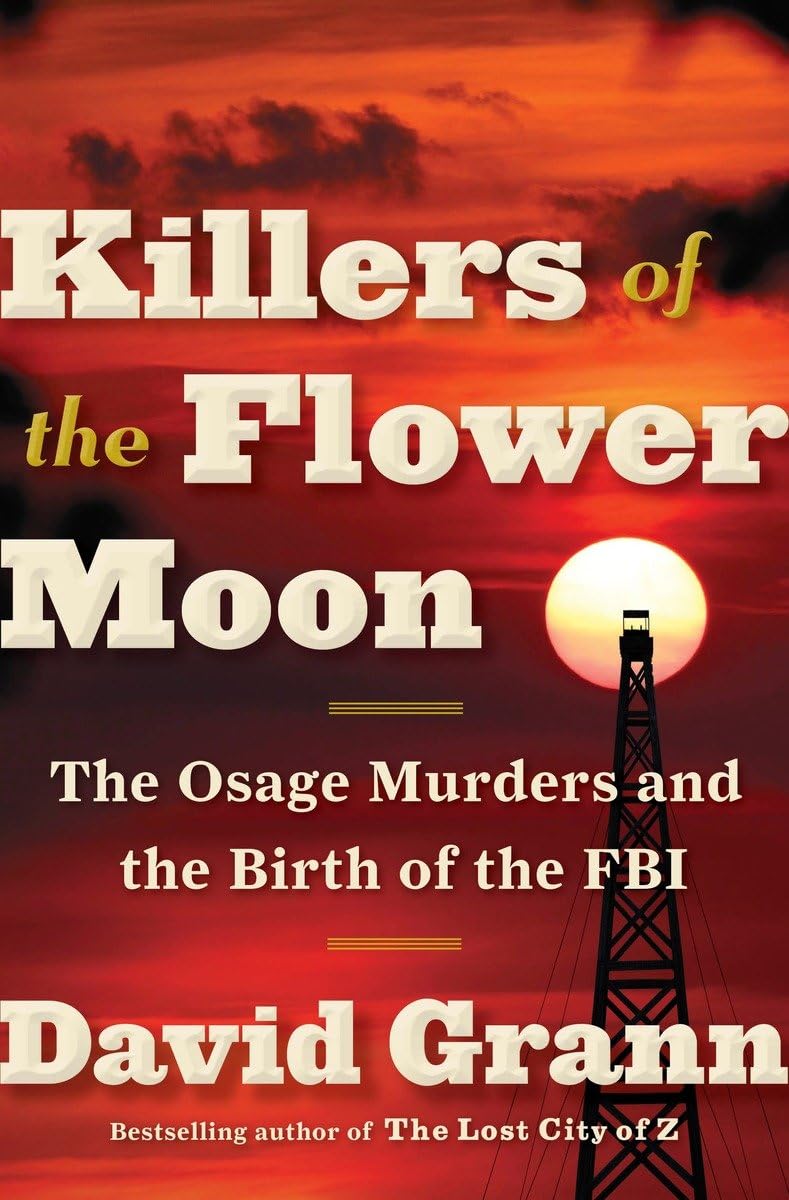Chapter 18: The State of the Game
byWhite and Frank Smith, driven by their relentless commitment to justice, made a crucial breakthrough in their investigation during the late 1920s when they obtained information from an imprisoned informant, Burt Lawson. In The State of the Game of criminal investigations during this period, Lawson initially claimed to have direct knowledge of the Osage murders. However, as White meticulously worked through his statements, it became clear that he had been manipulated into taking the blame for the explosion that killed Bill Smith and his wife, Rita. Under increasing pressure from White’s sharp interrogation tactics, Lawson admitted that his confession was fabricated, revealing that the real orchestrator behind the murders was none other than William K. Hale.
Hale, a man with considerable influence and a coldly calculated mind, had carefully devised a sinister plan to accumulate wealth by eliminating Osage landowners through a combination of coercion, fraud, and murder. By infiltrating the family structures of Osage individuals, often through strategic marriages and legal guardianship appointments, he ensured that control over Osage oil money was funneled directly into the hands of white men. His reach extended beyond just the killings—he bribed officials, manipulated witnesses, and ensured that law enforcement remained either complicit or powerless, allowing him to continue his crimes unchecked for years.
One of the most disturbing aspects of Hale’s plan was his willingness to exploit his own family members, including his nephew, Ernest Burkhart, who played a crucial role in facilitating some of the murders. As White’s investigation progressed, Burkhart found himself caught between loyalty to his uncle and the unbearable weight of his own guilt. Initially reluctant to cooperate, Burkhart eventually cracked under pressure, revealing a chilling web of deceit that implicated his uncle in multiple killings, including those of Henry Roan, Bill and Rita Smith, and others.
Burkhart’s testimony exposed Hale’s ruthless tactics, detailing how he had ensured that Osage women married his accomplices so that their wealth could be inherited upon their deaths. These weren’t impulsive acts of violence but rather meticulously calculated assassinations, designed to leave no suspicion while enabling Hale and his associates to accumulate unimaginable wealth. The murders were often staged as accidents or illnesses, with poisonings disguised as natural causes and explosives used to eliminate entire families in a single strike.
Despite the overwhelming evidence that was mounting against Hale, securing a conviction proved to be an uphill battle due to his deep connections within the political and legal systems of Oklahoma. Investigators faced constant roadblocks, including witness intimidation, bribery attempts, and legal loopholes that allowed Hale to maintain his position of power. Many feared that even with the confessions and testimonies piling up, the justice system—built on racial inequality—might fail the Osage once again, as it had so many times before.
However, White and his team refused to back down, determined to see the case through to its rightful conclusion. Through painstaking detective work, they compiled an airtight case, ensuring that Hale’s crimes could no longer be dismissed or ignored. As evidence continued to surface, it became increasingly difficult for Hale to escape accountability, and his once ironclad control over the legal system began to crumble.
The unraveling of Hale’s empire of corruption marked a significant moment in American law enforcement history, serving as a testament to the power of perseverance and the importance of federal intervention in cases of systemic injustice. The Osage murders had exposed not only the greed and brutality of individual criminals but also the widespread exploitation and discrimination faced by Native American communities. What had initially seemed like a case of isolated homicides was revealed to be one of the most insidious criminal conspiracies in U.S. history, forcing the country to confront the extent of corruption embedded in its institutions.
As the chapter concludes, it becomes clear that while justice was finally within reach, the scars left on the Osage Nation would never fully heal. The case was more than just a legal battle; it represented a fight for recognition, dignity, and the right to exist without fear of exploitation. Though the convictions of Hale and his accomplices would mark a turning point, the lingering effects of the Osage murders would serve as a lasting reminder of the devastating impact of unchecked greed, racial injustice, and systemic corruption in America’s past.


